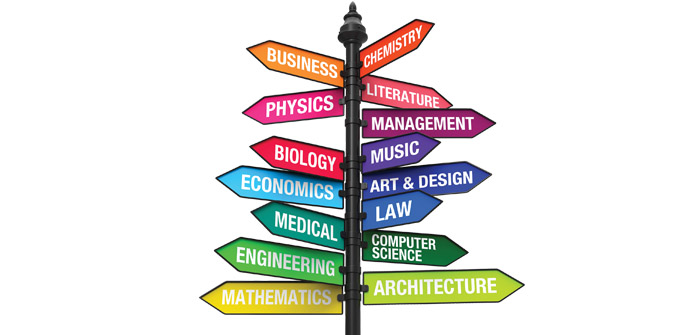Understanding Customer Behavior & Communication Styles
In our last CBN article, we spoke about key skills people use in becoming successful salespeople. We focused on sales strategy, product knowledge, sales techniques and relationship building. This article will focus on skills that enhance communication, build stronger relationships and help you influence different behavioral styles.
To build and influence relationships, you need to understand individual behavioral and communication styles. Remember each customer is different. Some want to socialize; others want to cut to the chase. Some want choices; others want you to decide for them. Some have a methodical analytical approach, while others are big-picture thinkers.
Behavior Styles
Bottom-liners. For those clients who look for bottom-line results or new ideas, are individualistic or want to have the power—the salesperson should cut to the chase. Conversations with them are often fast-paced and businesslike. These customers care about results and look for a better way to do things. They aren’t concerned with what or how others are doing.
Appearance-based customers. Another behavior style is most concerned with how decisions make them look. Their purchases are frequently based on emotion. They are outgoing and animated. It is important the salesperson leave time for socializing with this type of customer. They must keep customers focused and show them how decisions are the right choice. Remember to get them emotionally involved.
Patient and indecisive customers. The third behavior type is soft-spoken, patient and indecisive. These people focus on teamwork, family and friendships. Loyalty and dependability are important to them. When selling to them, remember not to push. Give them choices and work as much on building the relationship as on anything else. They like testimonials, as it makes their decision an easier one. Be sure to emphasize your service capabilities. Be careful not to speak negatively about your competition.
Analytical types. The final group is one that is analytical in behavior. They focus on facts and details. They look at the consequences of their choices and the value each choice brings to them. They ask lots of questions. Their office is well organized. They are often linear thinkers, so they prefer a methodical sales approach. Make sure you are prepared and back up your statements with facts.
Communication Styles
Equally important as customers’ behavioral styles are their communication styles. Some are visual learners. You will notice they have a fast pace, often use lots of arm movements and become much more engaged when you ask them questions. They need a visual sales approach. They prefer things in writing and often communicate through e-mail. For those who are auditory learners, keep the sales presentation and conversation moving. These customers prefer audio interaction so communicating with them through voicemail is preferred to e-mail.
The customer who learns by doing is one who pays as much attention to the materials or products you have handed him or her as to what you might be saying. They prefer demonstrations, plant tours, examples and analogies as a way to gather information. Carefully watch their handling of the product or proposal. A common mistake is to continue talking while they are focusing on something in the product or proposal.
Finally, in building rapport with customers, remember to use behaviors that make them comfortable. Listen intently while leaning forward, match key words your customer uses and match the tone and pace of your voice to each individual customer. Remember, it’s not about you. It is all about them.
Jim Kress has more than 15 years of sales experience and works at COCC where he helps small business improve sales and marketing performance. He can be reached at 383-7712.




